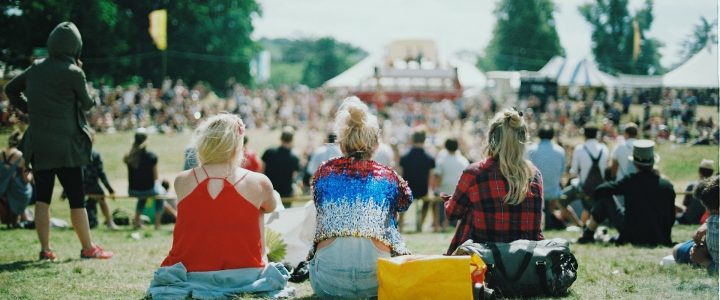Is it the rich history, vibrant arts and culture, or fantastic nightclubs that make New York such a great city? What sets it apart from other global metropolis such as Barcelona, Moscow, Tokyo, or London? The answer to this question may depend on who you ask. Well, this article explores 6 reasons why New York is one of the most glorious cities in the world.
The Skyline
There’s no disputing that New York has one of the most majestic skylines of all cities in the world. From the Empire State building to the Chrysler building, New York is home to breathtaking architecture. The fantastic skyline is one of the reasons why so many tourists visit New York City each year. To take in panoramic views of the city, visit the One World Observatory on the 102nd floor of the One World Trade Center. You’ll be able to see the Hudson River, the 5 Boroughs of New York, the Statue of Liberty, the Empire State Building and the Rockefeller all from one staging point. The Brooklyn Bridge Park, located on the East River, offers breathtaking views of the lower side of Manhattan. This is a perfect spot for a weekend picnic. If you have a few hundred dollars to spare, pay for a helicopter tour of New York and take the majestic views right from above.
The Entertainment
You probably have heard about NYC being referred to as the city that never sleeps – there’s a good reason for this. The city has an epic nightlife. While most other American cities slumber by 2 am, the part in New York is still going strong at this time. And this doesn’t necessarily have to do with the bar and club scene. Restaurants, hookup spots, markets, and holes in the wall are open till early morning. What’s more, Broadway shows, countless museum tours, and talk show opportunities are up for grabs regardless the time of day. And let’s not forget about the vibrant street art that is evident throughout the city.
The Food
Where else on the planet would you get authentic French, Mexican, Colombian, Thai, Italian, Chinese, Laotian, Vietnamese, Caribbean and Indian food all in one place? There’s a good reason the City of New York is referred to as America’s melting pot. There are all types of diners in this place, from curbside to upscale. Get hungry while walking on the street? There’s almost always a good eatery around the corner. And don’t forget to spoil yourself at street food car in Manhattan.
The Rich History
While you’re enjoying all the majesty of New York, take a break and indulge in the city’s fascinating history. Visit the Statue of Liberty, Empire State Building, and other hotspot to learn more about New York’s moving heritage. It’s estimated that up to 40% of Americans citizens have ancestors who at some point passed via New York City. Visit Ellis Island to understand the comprehend migrations that forged modern-day United States.
The Music and pop culture
New York attracts all types of music, from street performers to famous names. The city has inspired an entire punk rock movement. There’s a lot of hip hop going on here, with legends such as Jay-Z, Big Daddy Kane, The Beastie Boys, Run DMC and Notorious BIG dominating the space.
What’s more, New York City is a reference point for pop culture. A lot of major television shows and movies have been set in NYC. Think about shows Sex and the City, Friends, and films like Spider-Man.
The Subway
Many first time New York visitors find the subway stations extremely intimidating. But once you get the hang of it, there’s no better way of getting around the city. New York has a vibrant subway network, with stations every other street corner. And while you wait in one of the stations, there are tons of singers, dancers, musicians, and rappers to keep you entertained as they try to make it in this huge city. The next time you are in New York, make sure to familiarize and make full use of the subway system.





